Guides

Texting is now live! Learn more
Guides


Digital media plays a significant role in every political campaign. Digital channels allow easy and low-cost ways to find potential supporters and communicate with and engage with them. Whatever main channels you choose for your political campaign, digital will complement them, whether you’re in the field, fundraising, messaging or something else. You can contact potential supporters, share information, recruit volunteers, push your campaign branding, and more.
Take HubDialer for a test drive with free minutes! Get your account up and running in minutes…

Digital strategies and tactics work best when integrated into an overall campaign strategy. Like other channels you use, digital media also need someone who can dedicate time to managing the accounts, activities and budget. Whatever you are already doing offline, you can leverage digital campaigning and make it an essential part of the campaign strategy.
If you have been working with digital for some time, you already know its potential and importance. Your campaign’s messages can reach more people; your political fundraising efforts will turn into more donations, and your existing supporters can collaborate and grow.
This guide will give you a strong foundation about digital channels you can use for your campaigns, regardless of their size. After reading it, you will clearly understand how you can turn your audience into supporters and voters.
Sound good? Great, let’s dig in.
When you are ready to leverage the existing offline campaign efforts and improve your campaign outreach, you will find many use cases. Some of these use cases could be:
The more of your offline activities you can leverage and expand with digital channels, the better your odds of reaching your goals.
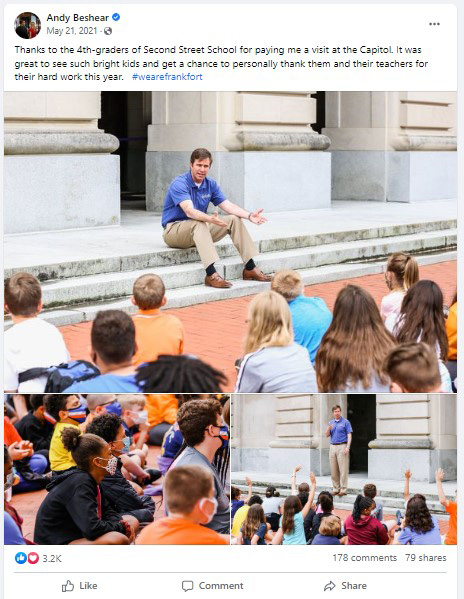
As campaign managers, we are interested in winning elections, and in getting there, we need to achieve our vote goal, which is the total number of votes we expect to get on election day.
A vote goal is usually a number estimated by the campaign staff. The campaign officers will also calculate how many voters must be persuaded to vote for the candidate.
Although the vote goal is an estimate, getting it right is crucial for two main reasons:
Once a campaign has defined its vote goal, the people working on the campaign will use all their resources to reach that number. And to get those voters, many campaigns will include a mix of digital tactics that most often consist of campaign website optimization, email, social channels and paid ads.
Your digital efforts and actions will result in all sorts of online content. But before you plan to make a piece of content viral, remember that your main goal is to use that content to achieve a specific outcome for the campaign. First, take your time and identify the target audience based on campaign goals. Secondly, create a digital strategy for every phase of your campaign to make sure you target the right audience, grow it and deliver to that same audience what resonates with them.
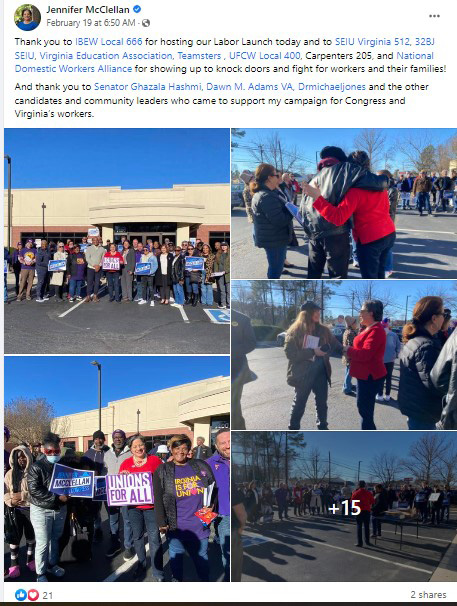
Your target audience is the starting point for all online activities. To help you define your audience or the total number of potential voters, you must consider all the people you will potentially address during your campaign and how digital fits into this. This includes current supporters, likely voters, donors, volunteer management, partners, etc.
For instance, if you have a mix of field tactics for your campaign (e.g. phone banking, canvassing, etc.), think about what people you want to address through these channels. Chances are, you will use traditional field tactics to mobilize voters through personal contact. On the other hand, spreading mass messages to people that live dispersed across the country is a scenario ripe for digital.
While digital media is great for sending mass messages, it has limitations – it is very challenging to target only your supporters and voters. Often you will need to combine overall campaign messages to ensure the widespread application of your messaging.
Identifying the target audience for online channels involves thinking deeper about who they are. Here is where demographics such as age, gender and location matter. After clearly understanding who they are and how many people you can reach online, you must consider the proper channels. In other words, consider splitting the resources between Facebook, Email, Twitter, paid campaigns, etc. And, of course, the final choice will (as always) depend on your people, time and financial resources.
When you have achieved initial traction, things will get more manageable, and the fresh supporters of your campaign can use their skills and creativity to grow the audience further. We are talking about getting as many people as possible to follow your Facebook page and Twitter profile, signing up for your newsletter and using the campaign website as the source of information with different content pieces. You want to get people to share your content and ask people to be active in every possible way.
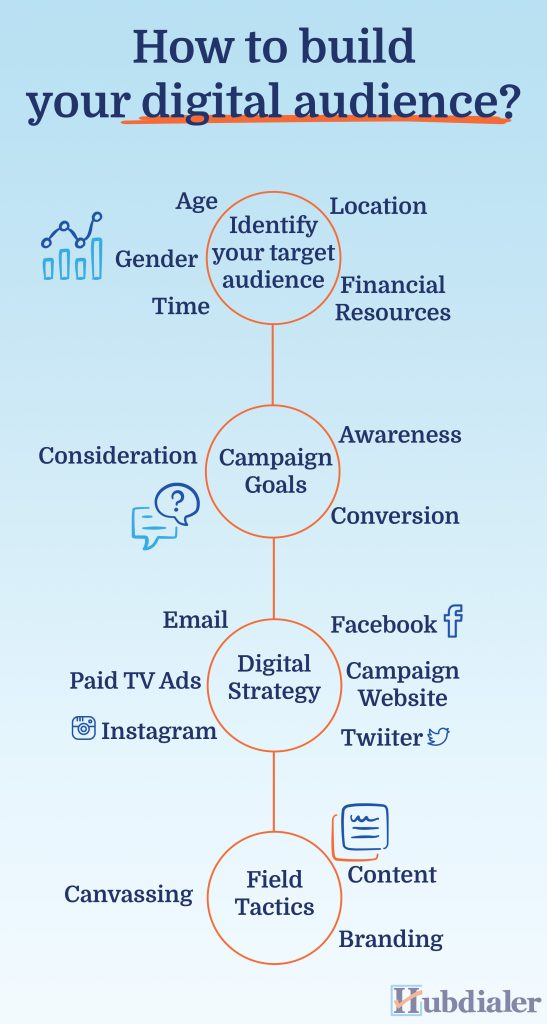
Parallel to growing your online audience, your campaign will receive endorsements from other people or organizations. These endorsements are a great opportunity to ask your endorsers to share this information with their audience and support your campaign.
As time goes by, you will have more insights into the type of audience and the platforms they use. What groups of people support you on Facebook? Who are your Twitter followers? What is the profile of people on your email list? Knowing more about your audience profile will help you craft content that is just right for them. Eventually, you will know where to look for volunteers, who to ask for donations from, who to invite to local events, etc.
Tip: at any stage of growing your audience, you want to ask people to do something small for you. That thing is either following you, sharing your content, leaving their email contact or asking their friends to follow you.
When thinking about how to share your messages with your audience on digital channels, always start with your audience.
The choices you make will directly influence the channels you will use. If you want to reach out to a small group of people with similar interests, behavior and values, using a personalized email message makes sense. Also, emails don’t have to be strictly formal, even if you talk about severe political topics – people find authenticity the most accessible piece of any content.
In short, digital media and channels offer a wide range of opportunities, and it is up to you and your campaign staff to choose wisely. The following sections will look at the most effective methods to boost voter outreach and galvanize people to take action.
A campaign content calendar is a formal schedule outlining content topics, formats, publishing channels and timeline of your primary online activities. Using a content calendar is crucial to plan and organize your efforts in advance and track how well your campaign is progressing concerning your campaign strategy.
While this might sound a bit scary at first, it’s really not. To get the content calendar right, consider the events, dates and specific goals you want to focus on. The key is to match the campaign milestones with specific online activities and create a content calendar that ties all this together. Or in other words, you want to know:
The more granular you can be, the better your content plan. Of course, creating a plan too far in advance doesn’t make sense, but you don’t want to plan your digital activities every two days. Defining and assembling the information for the following 2 months is ideal, and it will allow you to keep track of everything you are doing.
A good content plan consists of and integrates all key ingredients – who you are targeting, when, the CTAs you will use, the choice of platforms and the exact content pieces for each platform.
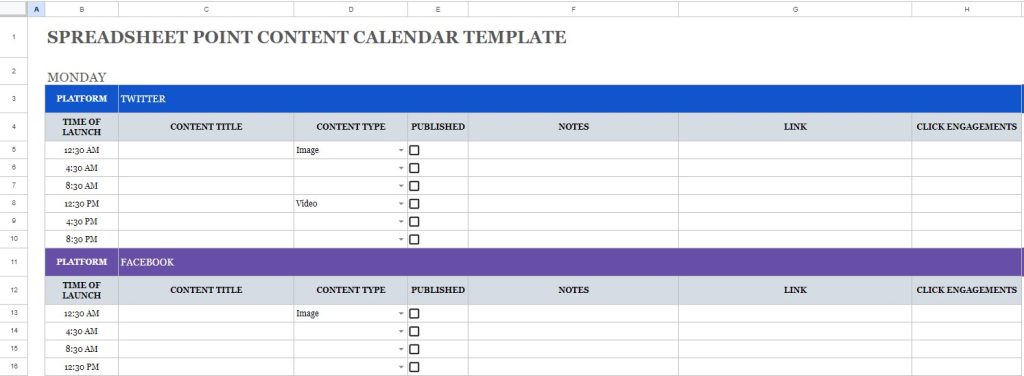
Depending on the size of your campaign, things can get pretty complex. Your content calendar needs to be aligned with the general campaign calendar, which will help create synergy.
Suppose your candidate plans to attend an event. In that case, you can share the photos on social media Or, if there is a lot of PR activity around the candidate and her views on political topics, you can integrate this with your email campaigns when asking for donations.
Finally, the content calendar is a dynamic document. You can modify it and adapt often, which is perfectly fine as long as this makes sense for your campaign and helps you grow your audience. What matters is that you keep tracking your progress consistently and keep your goals at the operational and strategic levels.
Every business needs a website, and so do political campaigns.
A campaign website is a virtual channel that helps secure more votes, build your candidate’s brand, receive donations, attract volunteers, tell your story, and so much more. But just like everything else, you need to be cautious about how many resources you want to invest.
In this part of the article, we focus on how you can create a simple and effective website for any campaign.
When discussing the website setup and creating content, you have many options that save you time and money. A good website should serve as a content hub for all your activities and a “source of truth” that people can come to to get more involved in your campaign.
So if you have a properly laid out website with all information necessary for the campaign race, most often, you will want to redirect people to pages that support your social media posts, email campaigns and even offline events.
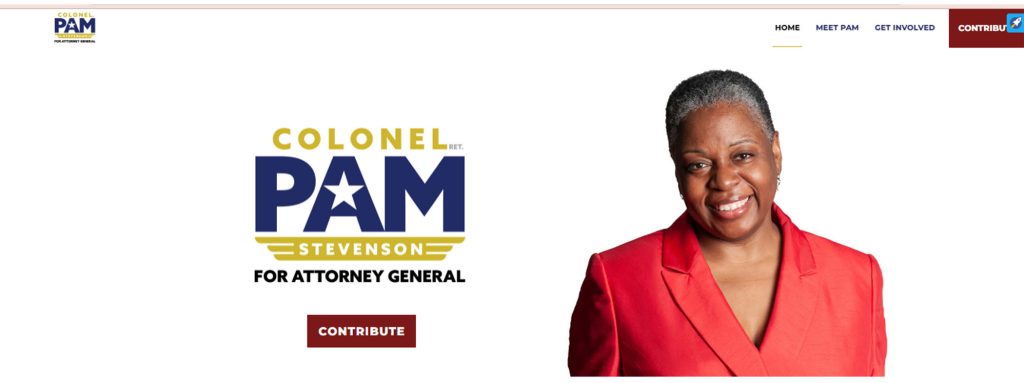
People use Google and search engines to look for information. For that reason, you want to dedicate some resources to promoting your website and ensuring people find it when they want to. Your website is a campaign identification card and is entirely under your control. You want people to feel good when they see the images, read the information and navigate through it.
That is why properly managing a campaign website can get you a lot of extra votes.
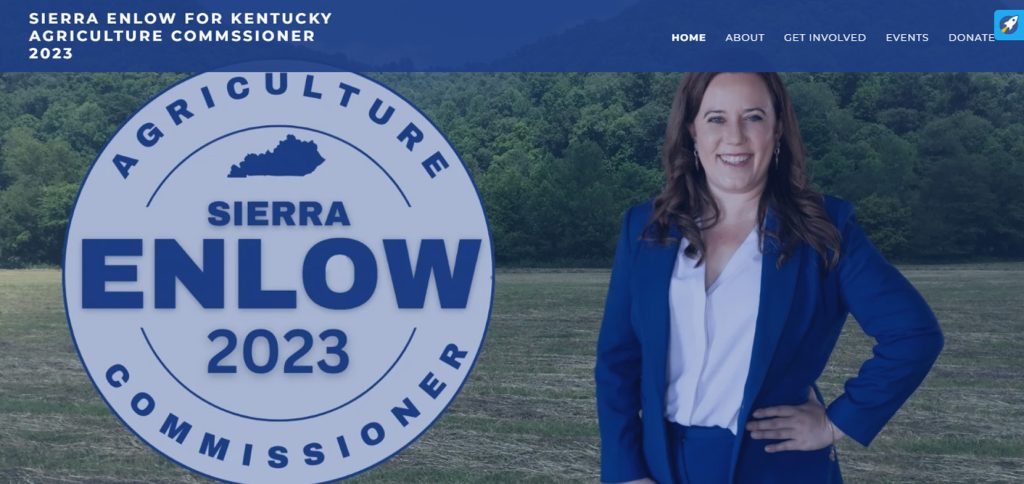
So how do you start working on your website? We share the exact steps in the below sections.
The first step is deciding how you will create your website and who will do it for you. If your campaign has a large enough budget, you shouldn’t have issues finding an agency or a web designer to do this for you.
But even if you don’t have enough money and are looking for a simple and friendly-looking solution, you can always use premade templates or platforms with their editing software. Many people have the skills to create a fully functional website in hours, so check if one of your friends or volunteers can help you with this.
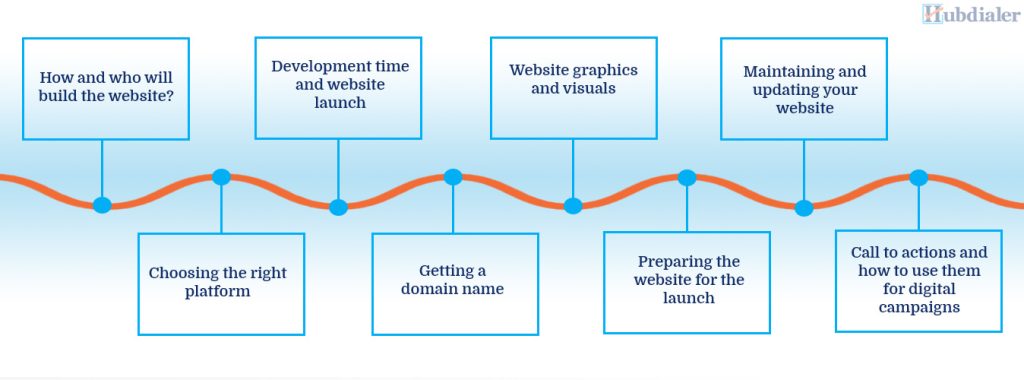
Choosing the right platform for the website is essential if you plan to do most things by yourself and want to be involved in the design process.
We strongly recommend choosing either WordPress, the most used content management system in the world, or platforms such as Wix, Squarespace or GoDaddy that have their own web design and drag-and-drop editor with thousands of ready-made templates.
Whatever your choice, estimate the costs for hosting, domain, maintenance, etc. If you are not ready to let someone else build the site for you, gather all the information you need to have prepared.
Your website needs to be done on time. After you choose a provider, spend some time on general planning of the website sections, images, starting content and development timeline.
Consider who can work with you on writing the texts and checking if everything works properly. As a final milestone, plan a website launch date early enough for your campaign. The worst thing would be to postpone the launch and not be able to get people to sign up for volunteering, supporting you and other vital activities.
Every website needs to have a domain name that is tied closely to your campaign. You can use many options, and platforms such as Wix can help you get your domain through their system. This is a simple step, but make sure to pick a descriptive name that people associate with you.
Think upfront about the visual identity of your website. The identity includes logo, colors, typography and other elements. Again, find a friend who can help you with the design process or hire a freelancer to do this for you; there are many inexpensive options.
As you or someone else works on developing the website, you need to start thinking about details, big and small. While there are many website development checklists out there, we will outline a couple of key points here
While you won’t need to update the website daily, you will want to check that everything on it is presented as you planned and that people can navigate through it and find the correct information.
Your email and social channels will update people regularly about the camping news. Still nevertheless, the website needs to reflect at least the significant campaign milestones and show how active your campaign is.
The best advice we can give is to ensure you regularly check if key campaign milestones are well presented and have someone to support you. Even if you run a tiny local campaign, you need someone to help you with this.
Remember, you want a website that looks simple yet serious and professional while providing your target audience with the most important content. And if you know that your audience includes voters, donors, volunteers, partners, and PR people, you must ensure they find what they need on your website.
Focus first on having that vital information in place, and if you have enough time, think about the other things you would want to add to the website for additional campaign exposure.
When learning digital marketing, one of the essential lessons is to push people towards specific actions. Your posts, emails, texts, or ads will contain a call-to-action “CTA” to make this possible. Using CTAs, you will ask your audience to follow you, join your volunteer program, and donate to and endorse your campaign.
Crafting powerful CTAs will help your audience understand what you want them to do and why, and as a result, you will have more success with your actions.
Your audience’s actions depend on how well you grab their attention with your main messages, how well you inspire them and how well they understand the bigger purpose behind your program. And if you can create a sense of urgency for necessary actions, people will want to take that action sooner and not delete your message.
While this isn’t a marketing course that teaches you how to use CTAs properly, remember – well-crafted CTAs get people to take action:
By now, you have learned why digital media is vital for any political campaign and how it can help you reach your voter goal and win the election. You know how to identify your target audience, plan activities to grow that audience and see the value of a website that will share key information with your supporters, potential voters, donors, volunteers, partners, etc.
When you master the basics, expand your digital presence to other channels – email, social and paid ads. Integrating all those channels with predictive dialers into your digital campaign mix will make you well on your way to victory!